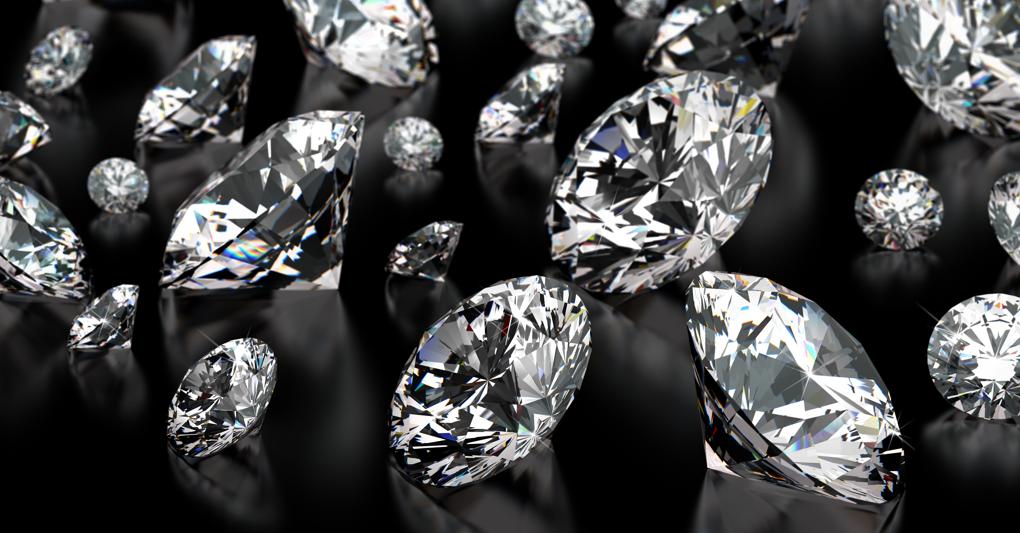
Often when we discuss jewellery, jewellery or simply precious minerals, we all deal more than often with the subject of hardness, and thanks to this argument the name of Friedrich MOHS, the one who gives, in fact, the name to what is called the measurement scale par excellence in terms of hardness of minerals, so it is almost impossible not to mention it in our precious documents and certificates of guarantee when it comes to precious mineral stones, regardless of where they are embedded.
Whether it is sapphires, rubies, emeralds or diamonds, the MOHS scale is the one that provides us with the right means to understand the hardness, regardless of their allocation, whether they are set: on rings, necklaces or necklaces, bracelets or earrings, no matter, thanks to the scale of MOHS we will be able to measure this valuable data.
Although named after Friedrich MOHS, the MOHS scale is an empirically valid criterion for assessing the hardness of minerals, invented by MOHS in 1812.
This scale assumes as reference materials 10 minerals that are progressively numbered from 1 to 10, so that one is able to scratch the other, or who has as given the highest number, so on the 10th, it will be perfectly able to scratch all the minerals that will stand below.
The way to determine the hardness of a mineral is nothing more than to verify which materials it can scratch, starting from the lowest of the scale we will be sure that this will be the one that will be scratched by all the minerals that will be above it, so if you are a diamond you can scratch all the other minerals, because the diamond is the only mineral that as a measure carries the 10.
Obviously this scale provides a purely indicative value, because the real difference of two materials, two minerals, can vary considerably by going down by two points, for example if we talk about the corundum which is at number 9 of the MOHS scale, actually it is not once harder than the topaz that is at number 8 but it is about 6 times, while instead taking as reference the diamond that is at number 10 with respect to the corundum that is at number 9 is not simply once harder but rather the diamond will be harder than the corundum about 140 times.
In fact, in addition to the valuable MOHS scale, it should be noted that there is a much more precise and authoritative scale, the Rosiwal scale that provides the value of the real hardness obtained thanks to the much more accurate tests to the sclerometer in the laboratory.
In practice if we wanted to analyze the scale of MOHS we could immediately notice that the same is divided into three large macro categories, the soft, the semi-hard and the hard, these three large macro areas contain inside what are the minerals here below we will bring you in detail what is the scale of MOHS, also enter for greater correctness also the data that are reported by the scale of Rosiwal, then you will find the data of the scale of MOHS and the data relating to the hardness of Rosiwal .
Semi-hard:
Hard:
As we can see from the scale of MOHS the diamond wins over all, regardless of any other mineral, material or substance you may present near, although we would like to remind you that in addition to the minerals we have examined there are other substances or minerals of intermediate level, and despite the minerals belonging to the corundum family (sapphire and ruby), used extensively also in watchmaking, are significantly distant from the hardness of diamond, hard stone/ mineral and resistant par excellence, however we would like to mention some mineral or intermediate substance used in jewelry with significant importance, in addition to what is perhaps the type of hard diamond par excellence, in fact in the intermediate levels we can find gold and silver that have a hardness of 2.5 to 3, and platinum that has a hardness of 3,5, we can also find the emerald with a hardness of 8 as for topaz and a diamond that goes well above the 10, which has proved to be the material known to us harder in the world and at the same time the least compressible, the nanocrystalline diamond, also known as diamond nanorod aggregate.